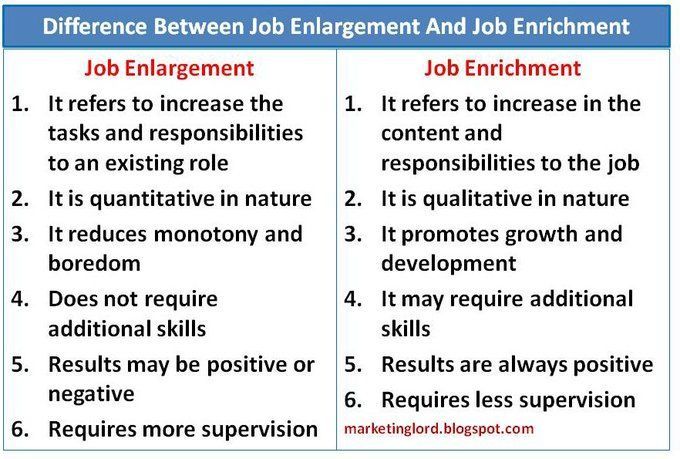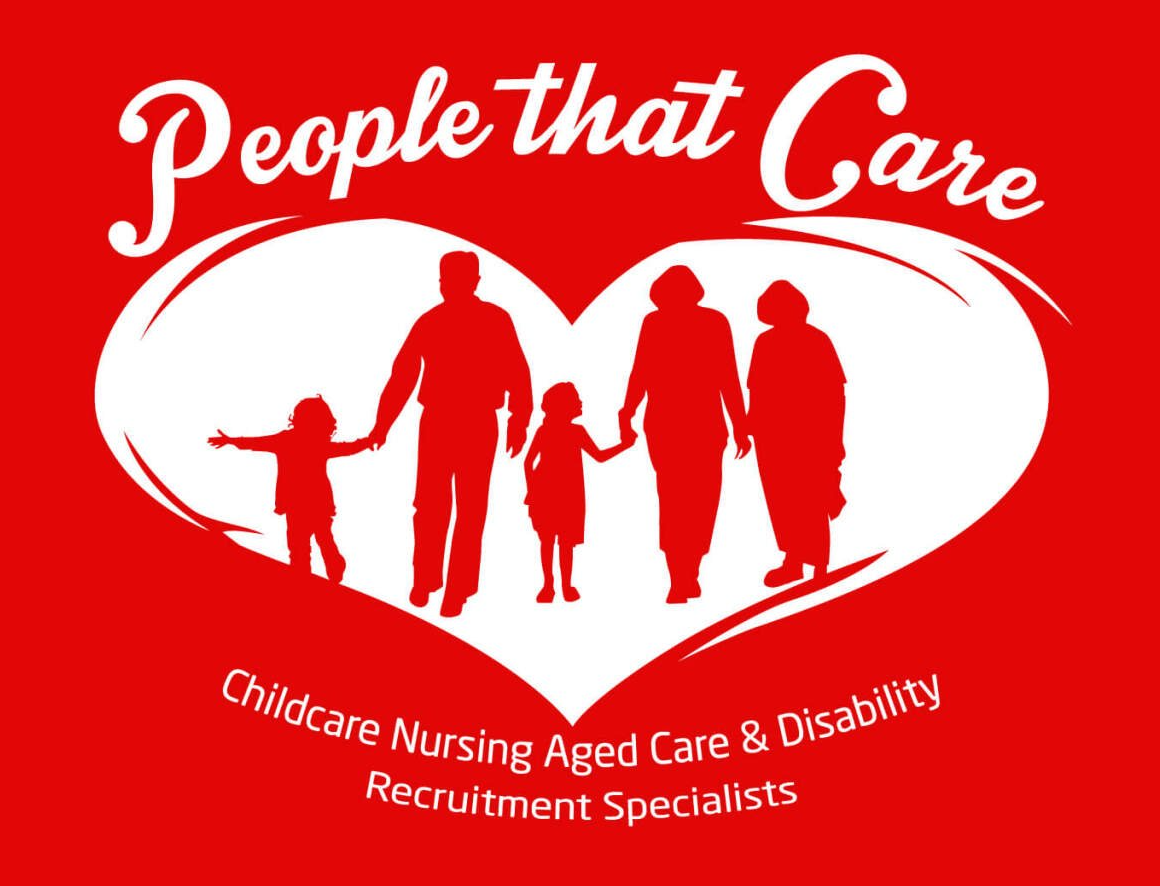Best practices for addressing invisible disabilities through the recruitment process
Approximately 18%, or 1 in 6 Australians live with disability, of which 90% have invisible disabilities. For individuals living with a disability, looking for employment can be filled with obstacles that those living without disability, or with a visible disability, do not face. For employers, it is essential to understand how best to accommodate individuals with invisible disabilities throughout the recruitment process. From adjusting interview techniques to ensure the comfort of all candidates to making accommodations in the workplace, there are various strategies that businesses can put in place to ensure their recruitment processes are inclusive and supportive of all applicants regardless of any differences or limitations they may experience due to unseen conditions.
What are invisible disabilities?
As the description suggests, invisible disabilities are impairments or conditions that cannot be seen yet have a significant impact on a person’s life. These can range from mental health concerns such as depression and anxiety, to chronic physical illnesses like fibromyalgia and multiple sclerosis. While many of these conditions can be managed effectively, they can create barriers that affect work performance due to their impact on daily activities.
As an employer or business leader, understanding the scope of invisible disabilities is essential for creating an inclusive and diverse work environment. It is important to recognise potential candidates who may have an invisible disability and provide accommodation as and when they are needed. It is also important to be aware of any potential stigma surrounding invisible disabilities and create an open dialogue about the topics and implementing policies that support employees to foster a diverse and inclusive workplace.
Create job postings that are inclusive of all abilities
When advertising for vacant positions, it is essential that companies create job postings that are inclusive of all abilities. This means taking care to avoid using language that may come across as exclusive or discriminatory towards individuals with disabilities, both physical and invisible. This means avoiding phrases such as “the perfect candidate” or implying that certain knowledge, qualifications, or skills are out of reach for some people.
Taking the time to make conscious decisions about the message that your job posting is sending is an important step that businesses can take in fostering a more inclusive culture within the workplace. This extends the candidate pool to a larger range of candidates who may be perfect for the position but may previously have felt discouraged.
Recognising and accommodating invisible disabilities during the recruitment process
To truly be an inclusive workplace, it is essential that everyone involved in the recruitment process is educated on how to identify and support candidates with invisible disabilities and provide an interview that is free from bias. It is also important to create a safe and welcoming environment that encourages people to disclose any invisible disability that they may have.
Some simple steps include making the application process easy to understand – include information of the required format an application should be submitted in, and well as specifically stating what support material should be included. If possible, provide a workable deadline for applications and offer the option of additional support throughout the recruitment process such as a contact person for further information and assistance.
The interviewing process should also be fully accessible and should include a quiet space to perform the interview or any tests and assessments that may need to be completed and additional time for those who need it. It is also worth considering offering alternative interview formats such as telephone calls or video conferencing which can reduce stress levels and supplying questions or a guide ahead of the interview to allow candidates to prepare.
Create an in inclusive and welcoming work environment
Providing a diverse and inclusive environment in the workplace is incredibly important when it comes to ensuring that all employees feel valued and supported. When considering invisible disabilities, it is important that accommodations and provisions are made on an individual basis. Companies should provide education and training on the types of impact invisible disabilities can create as well as provide and encourage an open dialogue and clear policies to ensure all team members are aware of their rights and obligations when it comes to inclusivity.
Providing accommodations for invisible disabilities can also include working with the individual to create a flexible schedule, the option to work remotely, assistive technology, ergonomic adjustments, and more, to ensure that all employees are able to thrive in their employment.
Why Chandler Macleod?
At Chandler Macleod we prioritise diversity, equity, inclusion, and belonging as one of our core values. We believe in finding the BestFit™ for the role, every time. Contact our team to for a confidential conversation about how Chandler Macleod can help your business thrive.
Source https://www.chandlermacleod.com/best-practices-for-addressing-invisible-disabilities-through-the-recruitment-process


People That Care Australia does not receive any funding to operate its business. All profits are used to improve the service we offer to Jobseekers.
USEFUL LINKS
FOLLOW US
STAY INFORMED
You need a helping hand with your project?
We will get back to you as soon as possible
Please try again later
CONTACT US
Contact Us
We will get back to you as soon as possible.
Please try again later.
All Rights Reserved | People That Care Australia
Made with 💛 by Shazamme
